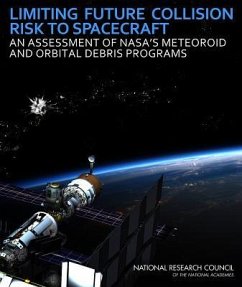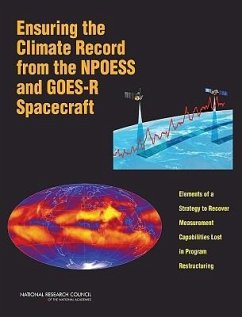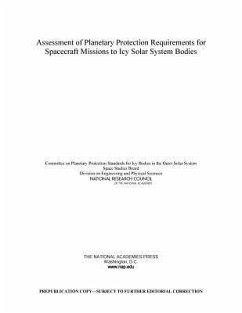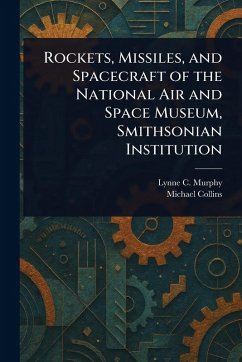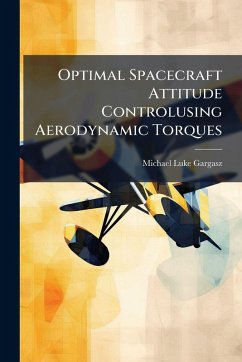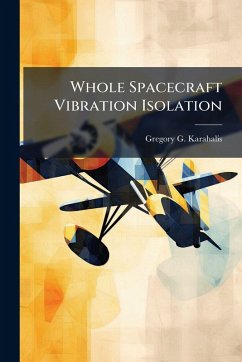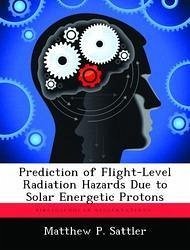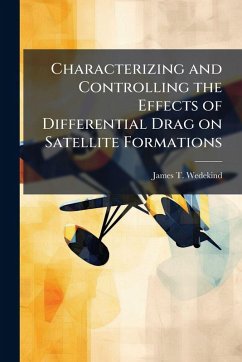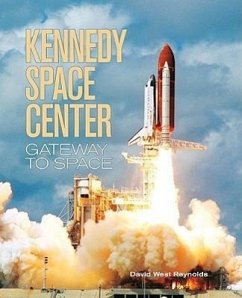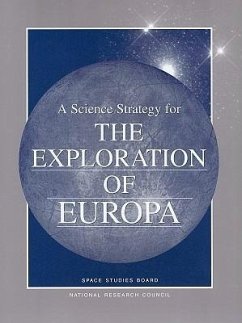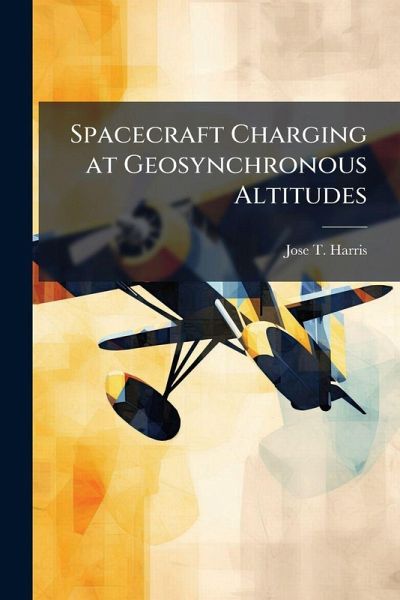
Spacecraft Charging at Geosynchronous Altitudes

PAYBACK Punkte
8 °P sammeln!
> 10 keV) energies (Vasyliunas, 1968:2840), and this knowledge provides the motivation for extending the work of Lai and Della-Rose to the kappa distribution. Solving the current balance equation is central to this area of research. Data from Los Alamos National Laboratory scientific instruments onboard geosynchronous satellites were analyzed to determine the efficacy of the kappa approach. However, the results of this thesis suggest that the kappa distribution, though superior to the Maxwellian at modeling high-energy particles (electrons), may be no better at determining charging onset. This...
> 10 keV) energies (Vasyliunas, 1968:2840), and this knowledge provides the motivation for extending the work of Lai and Della-Rose to the kappa distribution. Solving the current balance equation is central to this area of research. Data from Los Alamos National Laboratory scientific instruments onboard geosynchronous satellites were analyzed to determine the efficacy of the kappa approach. However, the results of this thesis suggest that the kappa distribution, though superior to the Maxwellian at modeling high-energy particles (electrons), may be no better at determining charging onset. This work has been selected by scholars as being culturally important, and is part of the knowledge base of civilization as we know it. This work was reproduced from the original artifact, and remains as true to the original work as possible. Therefore, you will see the original copyright references, library stamps (as most of these works have been housed in our most important libraries around the world), and other notations in the work. This work is in the public domain in the United States of America, and possibly other nations. Within the United States, you may freely copy and distribute this work, as no entity (individual or corporate) has a copyright on the body of the work. As a reproduction of a historical artifact, this work may contain missing or blurred pages, poor pictures, errant marks, etc. Scholars believe, and we concur, that this work is important enough to be preserved, reproduced, and made generally available to the public. We appreciate your support of the preservation process, and thank you for being an important part of keeping this knowledge alive and relevant.



